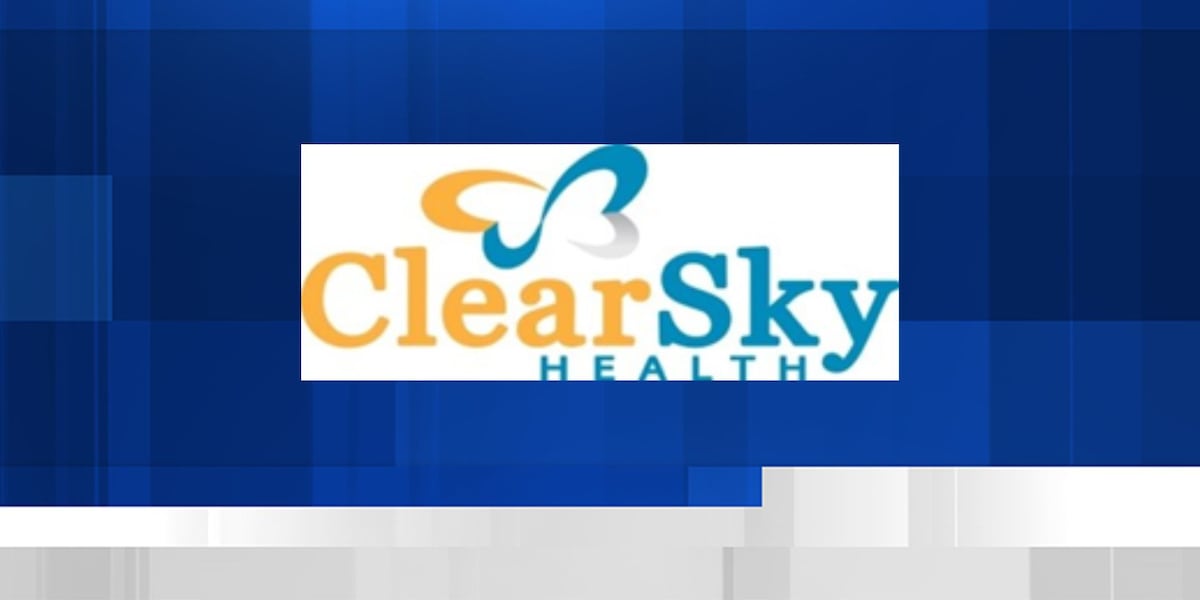NSW Health Faces Collapse: Urgent Federal Funding Needed to Avert System Overload

A stark new report has issued a dire warning: New South Wales' (NSW) public health system is teetering on the brink of collapse and could be “overwhelmed” if the federal government doesn't significantly increase its financial contribution. The report, a comprehensive assessment of the state’s healthcare infrastructure and capacity, paints a worrying picture of stretched resources, increasing patient demand, and a growing inability to cope with future health crises.
The Core Findings: A System Under Pressure
The report doesn't mince words, outlining a system struggling to meet current needs, let alone prepare for potential surges in demand. Key findings include:
- Staff Shortages: A critical shortage of doctors, nurses, and allied health professionals is impacting patient care and increasing workload for existing staff. Burnout rates are high, and recruitment challenges persist.
- Infrastructure Strain: Hospitals and other healthcare facilities are operating at or beyond capacity, leading to long wait times, cancelled procedures, and compromised patient safety.
- Funding Disparity: The report highlights a significant funding gap between the state and federal governments, arguing that NSW is bearing a disproportionate share of the burden for public healthcare.
- Vulnerability to Future Shocks: The current state of the system leaves it dangerously vulnerable to future pandemics, natural disasters, or other public health emergencies.
The Federal Government's Role: A Call to Action
The report's authors are unequivocal in their call for increased federal government support. They argue that a coordinated, collaborative approach is essential to ensure the long-term sustainability of the NSW health system. Specifically, the report recommends:
- Increased Financial Investment: A substantial increase in federal funding to address the identified funding gap and support vital infrastructure upgrades.
- Workforce Development: Collaborative initiatives to recruit, train, and retain healthcare professionals, including incentives for rural and regional placements.
- Improved Data Sharing: Enhanced data sharing and coordination between state and federal agencies to better understand healthcare needs and allocate resources effectively.
- National Health Planning: A renewed focus on national health planning and preparedness to ensure all states and territories are equipped to respond to future health challenges.
Political Implications and Public Concern
The report’s release has already sparked a political debate, with opposition parties seizing on the findings to criticize the government's healthcare policies. Public concern is also growing, as patients experience longer wait times and reduced access to care. The NSW government has acknowledged the challenges outlined in the report and has expressed a willingness to work with the federal government to find solutions. However, securing the necessary funding and agreement will be crucial to avert the predicted crisis.
Looking Ahead: A Critical Moment for Healthcare
The future of NSW's public health system hangs in the balance. The report serves as a wake-up call, highlighting the urgent need for decisive action to address the systemic challenges facing healthcare in the state. Failure to act could have devastating consequences for patients, healthcare workers, and the broader community. The coming months will be critical as negotiations between the state and federal governments unfold, and the fate of NSW's healthcare system is determined.






